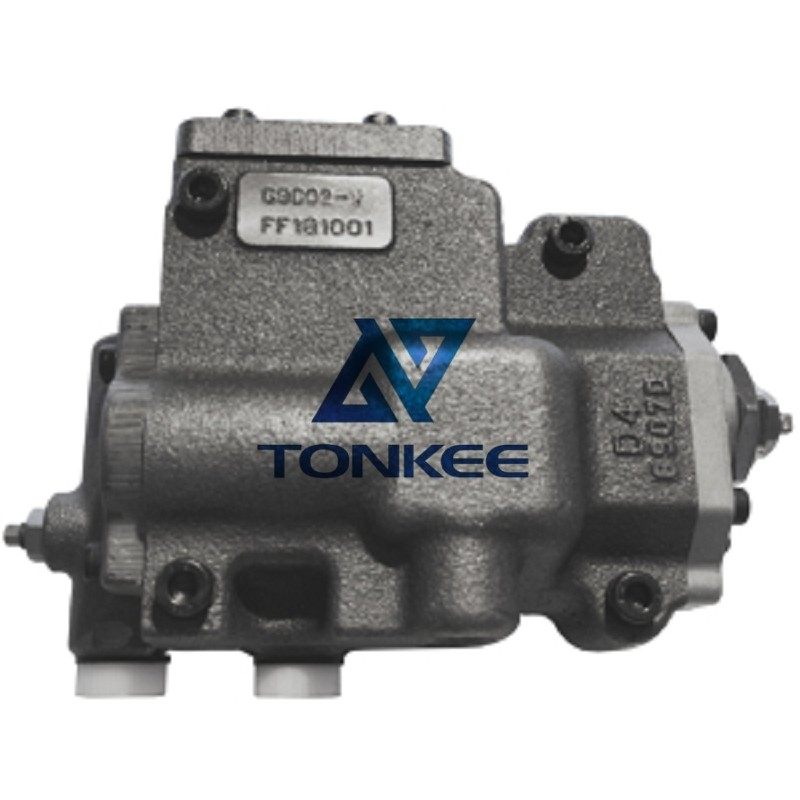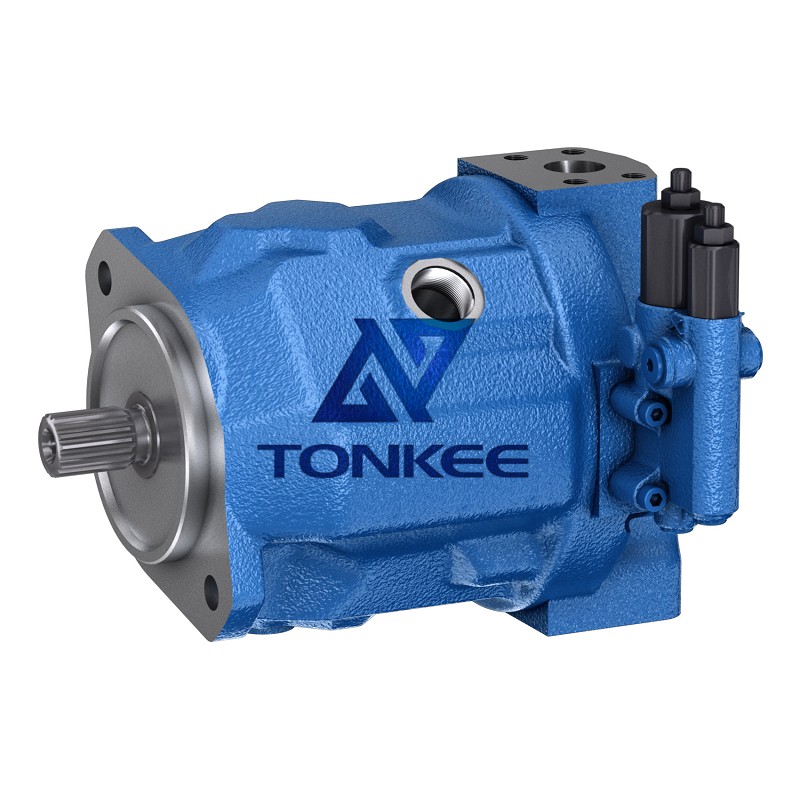
The primary function of the S220 Hydraulic Pump Regulator is to regulate the output pressure of a hydraulic pump.
It ensures that the pump delivers a consistent and controlled flow of hydraulic fluid, regardless of the load or operating conditions. This feature is crucial for maintaining the stability and efficiency of hydraulic systems, preventing damage to components, and ensuring smooth and precise operation.
One of the key features of the S220 is its adjustable pressure setting. It allows operators to customize the output pressure according to the specific requirements of the application. The regulator incorporates a pressure control valve that can be easily adjusted, either manually or electronically, to achieve the desired pressure range. This flexibility makes the S220 suitable for a wide range of hydraulic systems with varying pressure demands.
The S220 is designed to handle high pressures commonly encountered in industrial environments. It is constructed using high-quality materials, such as robust metals and durable seals, to ensure longevity and withstand heavy-duty applications. The regulator is also equipped with a pressure relief valve that acts as a safety mechanism by diverting excess pressure away from the system, thereby protecting it from damage or failure.
Furthermore, the S220 incorporates advanced hydraulic control technology.
It utilizes precision sensors and actuators to monitor and adjust the pump output in real-time. This enables the regulator to respond quickly to changes in system demands and maintain consistent pressure levels. The precise control offered by the S220 enhances the overall efficiency of hydraulic systems, optimizing energy consumption and reducing operational costs.
Installation and maintenance of the S220 are relatively straightforward. It features a compact and modular design, allowing for easy integration into existing hydraulic setups. The regulator is typically connected to the pump outlet and incorporates standard hydraulic fittings for seamless installation. Additionally, routine maintenance tasks, such as cleaning and inspection, can be performed without extensive downtime or specialized tools.





 English
English português
português Русский язык
Русский язык










